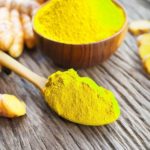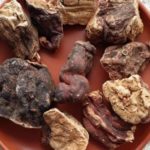Blumea balsamifera, also known by various other names such as rat tail, hoi hongcao, hairy fluoranthene, and yin tao luo, is a type of herb belonging to the genus Herba Blumeae Lacerae, in the family Asteraceae. Most parts of this plant are used as medicinal materials in traditional medicine.
The harvesting of Blumea balsamifera usually takes place in spring and summer. The harvesting process involves uprooting the entire plant, washing it clean, cutting it into small pieces, and drying it in the shade until it is completely dry, ready for use as medicine.
Blumea balsamifera has a bitter and spicy taste and is particularly known for its distinctive fragrance. In traditional medicine, this herb is often associated with the meridians of the liver.
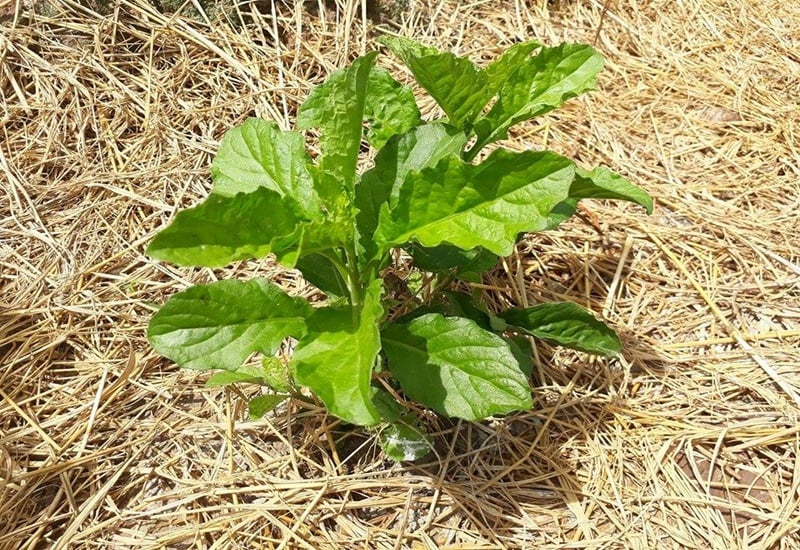
Pharmacological effects of Blumea balsamifera
In traditional medicine, Blumea balsamifera is praised for its various properties such as detoxification, reducing swelling, stopping bleeding, soothing the liver, and reducing inflammation. It is also used for its antibacterial properties and for reducing the size of tumors. Blumea balsamifera is commonly used to treat bronchitis, digestive problems, spontaneous bleeding, colds, nosebleeds, skin problems, constipation, and insomnia. Its leaves are also often processed into soup or boiled as a daily vegetable.
Blumea balsamifera is considered a valuable medicinal material in many places around the world:
– India: Blumea balsamifera is used to treat abdominal pain and is part of the traditional pharmacopoeia, famous for its cooling, anti-inflammatory, eye disease treatment, liver cooling, phlegm thinning, and fever-reducing abilities.
– Java: Here, Blumea balsamifera is often used to make soup, creating a delicious and nutritious dish. In addition, it is also applied in the treatment of acne, stopping bleeding, treating insomnia, bleeding gums, respiratory difficulties caused by phlegm, and assisting with digestive issues such as constipation, yellow urine, bloody urine, and fever reduction.
– Malaysia: Here, Blumea balsamifera is used to extract aromatic essential oil, which has insect repellent and insecticide properties.
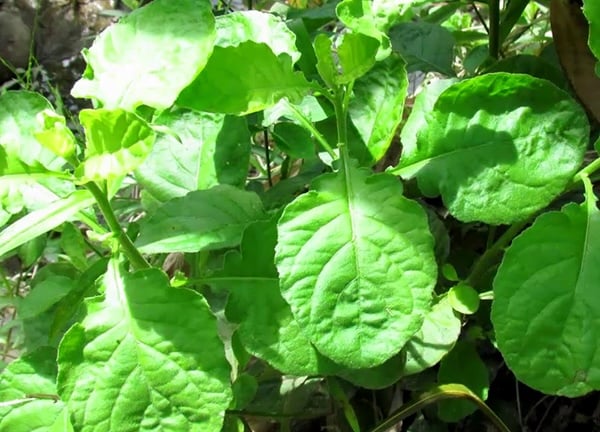
Herbal remedies from Blumea balsamifera
– For the treatment of venous congestion: Combine 12g of Blumea balsamifera with 12g of Poisonous Actaea Root, Tang Kui, Cottou, 16g of Radix Astragali, 8g of Licorice, 12g of Radix Angelicae Sinensis, 12g of Cyathula Officinalis, 12g of Jujube, 12g of Duc-Hoc 16g, 16g of Calamus, 16g of Herba Inulae. Make a decoction of this prescription every day and divide it into two doses for oral consumption.
– To treat mumps in children: Use 20g of Blumea balsamifera, 20g of dandelion, 20g of bai, 20g of Radix Astragali, and 20g of Southern Prickly Ash Peel. Make a decoction of this prescription every day and divide it into three doses, consume it all on the same day.
– For the treatment of psoriasis: Take 120g of Blumea balsamifera and 80g of Radix Astragali, decoct them with 500ml of water until it reduces to about 300ml. Divide the obtained decoction into three to four doses for oral consumption throughout the day.
– For bleeding wounds, itching, and pustules on the skin: Use 30g of Blumea balsamifera, decoct it to obtain water for oral consumption every day, and simultaneously apply crushed fresh Blumea balsamifera directly on the affected area of the skin.
– To treat various types of lumps such as scrofula, suppurative scrofula, and tuberculous scrofula: Combine 20g of Blumea balsamifera with 10g of Scrophulariae Radix, decoct it to obtain water for daily consumption and continue the treatment for several months.
– Treating conditions such as vaginitis, herpes zoster, swollen and painful legs, and low-grade fever: Combine 30g of Blumea balsamifera with 16g of Herba Leonuri Heterophylli, 16g of Morus Alba, 16g of Sanguisorba Officinalis, and 16g of Viola Yedoensis, decoct it to obtain water for daily consumption.
– For the treatment of goiter: Use an appropriate amount of Blumea balsamifera, wash it clean, grind it into a paste, and extract water for oral consumption. Regular consumption over a long period of time can effectively treat goiter.
Blumea balsamifera is not only used in medicinal treatment, but it is also a nutritious food that can be prepared in various ways such as stir-frying, boiling, making soup, eating it raw, or using it as a vegetable in hot pots.
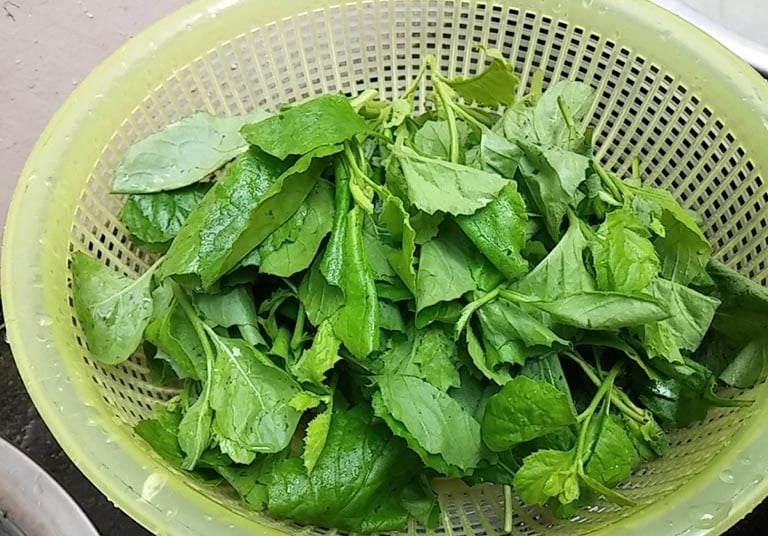
Precautions when using Blumea balsamifera
Although Blumea balsamifera is widely used in food processing or as a medicinal material, consumers should not consume it in large quantities as it can cause unwanted reactions such as shortness of breath, excessive sweating, increased heart rate, dizziness, or decreased vision.
In addition, Blumea balsamifera should not be consumed together with sedative drugs.
It is important to note that Blumea balsamifera may be confused with another plant called “ca khô thảo bắc,” so when using Blumea balsamifera in medicinal treatments, thorough research and consultation with a doctor are necessary.
Furthermore, patients should not solely rely on herbal remedies to treat their illnesses, but should combine them with other medical treatments to achieve the highest efficacy.

























